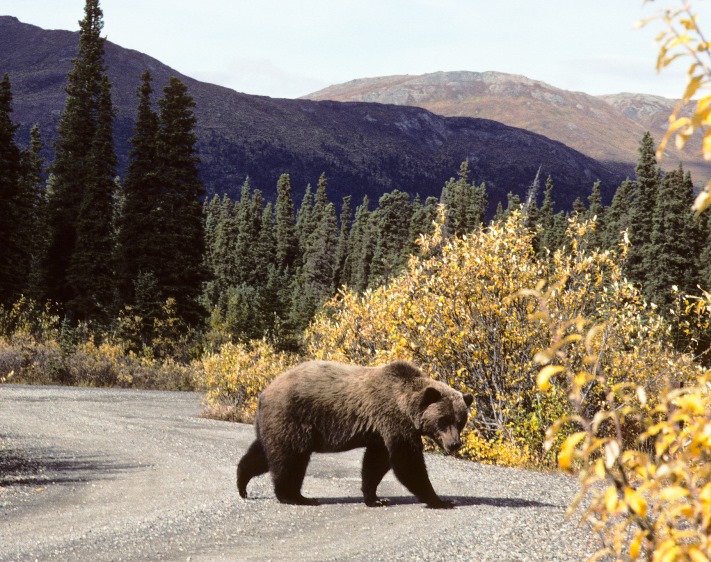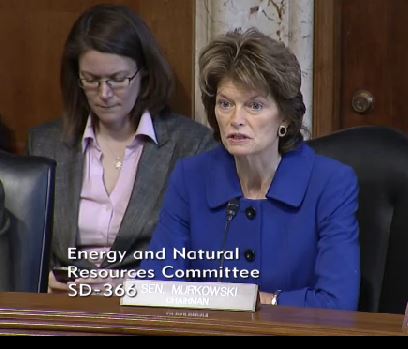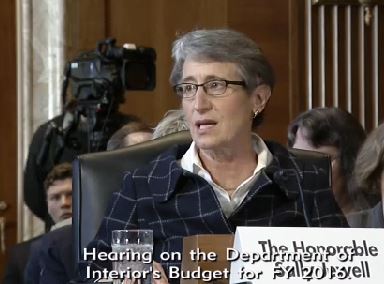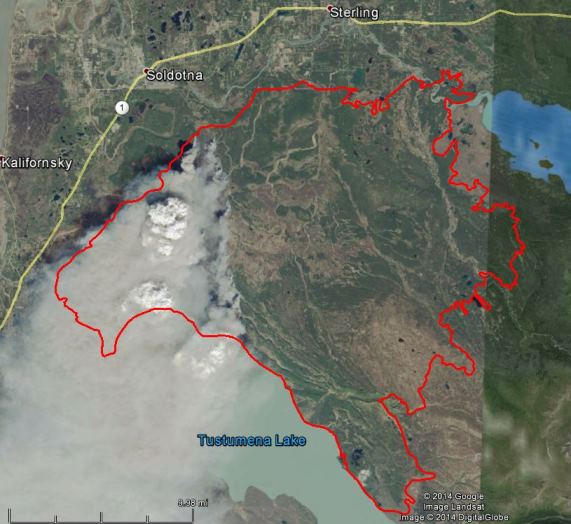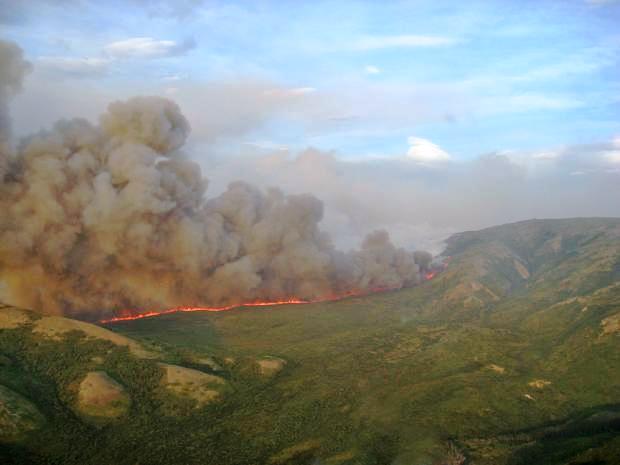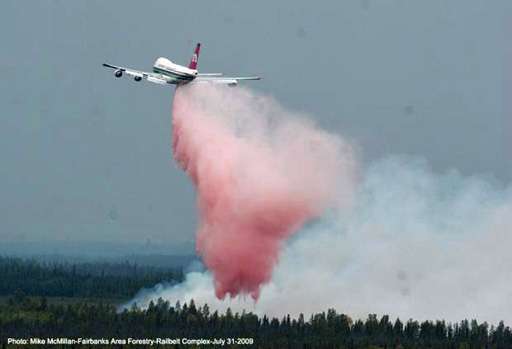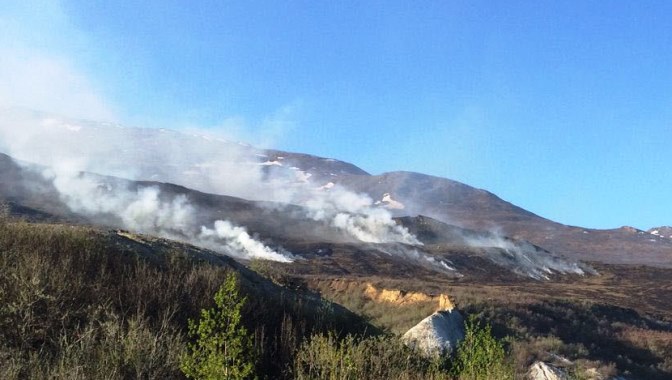
The Alaska Division of Forestry is monitoring two, and possibly three, coal seam fires that popped up near Healy as a result of the recent hot, dry, windy weather.
The larger of the three fires, the 108-acre French Gulch Fire, was reported just after 7 p.m. on Sunday when somebody spotted smoke up the Healy Creek Valley. It is burning about 5 ½ miles east of the Parks Highway behind the Usibelli Coal Mine.
As of Monday afternoon, the fire was creeping and smoldering in tundra with minimal activity in the hardwoods, reported Incident Commander Shelby Majors with the Alaska Division of Forestry. The fire is in an area that has burned several times from previous coal seam fires and no structures are threatened, he said.
“It’s burning within a fire scar within a fire scar within a fire scar,” is how Mr. Majors put it.
There were three state forestry firefighters on scene and a state-contracted helicopter was used Sunday to drop water on the fire. The state borrowed a helicopter from the National Park Service on Monday to drop more water on the western edge of the fire. The plan is to prevent the fire from spreading west toward the highway and let it burn itself out using natural barriers, Mr. Majors said.
“We’re going to pretty much let it do its own thing,” he said. “The primary activity is along the southeast corner and it’s working itself into a snow field and rocks so it will be running out of fuel in the next day or two.”
Another, much smaller coal seam fire was detected on Sunday about 12 miles north of the French Gulch Fire, Mr. Majors said. That fire was only about 5-feet-by-5 feet and no suppression action was being taken because it was in an old burn area with minimal spread potential, he said.
A third fire was reported Monday morning about 5 miles north of the French Gulch Fire. That fire, which was estimated at 25 acres as of Monday afternoon, is also suspected to be a coal seam fire but that has not been confirmed, according to Mr. Majors. It too is burning tundra in an old fire scar and the potential for spread is minimal so there are no suppression efforts being taken as of Monday afternoon.
Coal seam fires are a common occurrence in the area and occasionally come to life when the conditions are right.
****
From Alaska Division of Forestry
Coal and coal seam fires reported on Wildfire Today.

